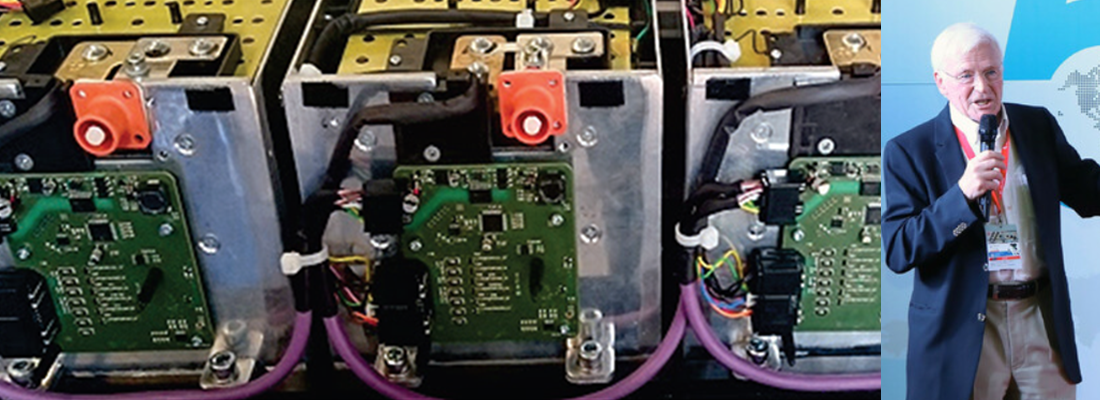Picturing the future
Robotics and automation are increasingly interesting areas for remanufacturers. Andrew Williams of European Robotics Review looks at how the technology might streamline and improve processes.
Prompted by an ongoing upsurge of interest in closed loop systems there is now a heightened awareness of the environmental and financial benefits of industrial remanufacturing processes. In an effort to improve the efficiency of such systems, a growing number of organisations have begun to research, develop and install robotics technology.
So, what are the main current applications of robotics and autonomous technology in the industrial
remanufacturing sector? What are the main benefits of using robotics technology for remanufacturing – and what challenges do companies face when using it? And what might be the key potential applications of robotics and autonomous technology in reman over the next few years?
Engine remanufacture
According to Nick Cliffe, interim head of advanced materials at Innovate UK, many of the main existing examples of the use of robotic or autonomous technology in reman processes are in the automotive industry. He cites a number of applications, including the use of robotic systems to re-bore cylinders and deconstruct engine blocks prior to remanufacture. He also points to the existence of ‘smart systems’ which allow people to “carry out processes involved in remanufacture with the same levels
of traceability and quality control” as standard manufacturing systems.
“For example, if a person is rebuilding an engine that was originally built by a robot and requires a series of bolts to be tightened in a specific order and with a specific torque, then a smart tool can track that a person is doing this correctly - whereas a robot would just be programmed to do it,” says Cliffe.
“At a more early stage, I’ve also seen the use of robots being explored for the disassembly and removal of electronic components, including batteries, from cars - mainly for recycling, but this could
increasingly be part of remanufacturing. I am also aware of the use of robots for recovering valuable components from electronics waste, for example Apple’s iPhone disassembly robot.”
Repeatability and accuracy
In Cliffe’s view, the principal benefits of using robotics technology in remanufacturing systems is the capacity to ensure “repeatability and accuracy and ultimately improve the productivity of remanufacturing operations” by augmenting often expensive human efforts.
“The challenge is in the nature of remanufacturing. With remanufacturing you start with a finished product and have to disassemble it, the next product might be a different make or model – for example, in the case of electronics waste this can be highly variable,” he says.
“The handling, tool requirements and so on are so varied it is very challenging to do this with robots - as opposed to manufacturing where robots are doing the same activity in the same way time after time. I think that robotic approaches to remanufacture will have to be much more adaptive, dextrous and flexible.”
Elsewhere, Erik Sundin, associate professor of manufacturing and remanufacturing at Linköping University in Sweden, argues that the main benefit of using robots in this context is that they can “take care of process steps that are not preferable from a manual work environment”. These might include lifting heavy parts and cleaning dirty products, as well as making the remanufacturing process more efficient.
“The development of the robotic area has made it possible to automate process steps to a larger extent than before,” Sundin says. “Some challenges are to be able to tackle the variation of product
types that remanufacturing companies are dealing with. Also, there must be a good economic calculation that shows that the robotic investments are preferable.”
Improved competitiveness
Looking ahead, Sundin is confident that future robots will continue to be capable of dealing with process steps that are “bad from a work environment perspective” - in particular, existing elements of remanufacturing processes that are “dirty and noisy”, which he argues should preferably be performed
by robots or in machines.
“In addition, heavy lifts and sorting steps could also be performed by robots,” he says.


.png?h=600&iar=0&w=1200)





